
What do you associate Venice with?
Venetian film festival. Venetian plaster. Venetian waltz. Venetian
merchants. Otello - a Venetian Moor (according to Shakespeare). Venetian
bridges (though Hamburg has almost three times more of them).
"Venetian" tart - so delicious! Venetian painting of Renaissance.
Venetian mosaic. Venetian glass - Murano. Venetian lace - Burano. And,
of course, two chronic as bronchitis, and eternal like Ararat Mount,
symbols of this city: masks and gondolas.
No, the real symbol of the city is undoubtedly a lion, the king of all
animals. But only those who know Venice very well remember it. At that,
the lion has two symbolic images. It is well-read and it's never stopped
to hold a book. If it leans on the open book with its paw - it is a
peacemaker. If the book is closed - a war is coming.
But this post is about the two evident symbols associated with Venice
in minds of inhabitants of our planet: Venetian carnival masks and
Venetian gondolas. By the way, they both are connected with plague.
Carnivals have been held in Venice for long. They came from the Roman
culture and represented celebration of winter solstice. All estates were
allowed to celebrate the holiday. And in order the rich weren't
insulted by the presence of the poor at the same table and their
behaviour as if they were equal, everyone had masks on faces. There was
another positive moment - a slave could make a drunkard of the master's
daughter or flirt with his wife with impunity and never be afraid that
the following day he would be birched.
Later, during the plague, people believed that the Reaper wouldn't
recognize the one in a mask she has come for. So masks were widely worn
then.
Citizens of the city got used so much to wear masks that even went
shopping with hidden faces. However they were finally forbidden due to
revelry of banditry and were worn since then only during carnival
celebrations.
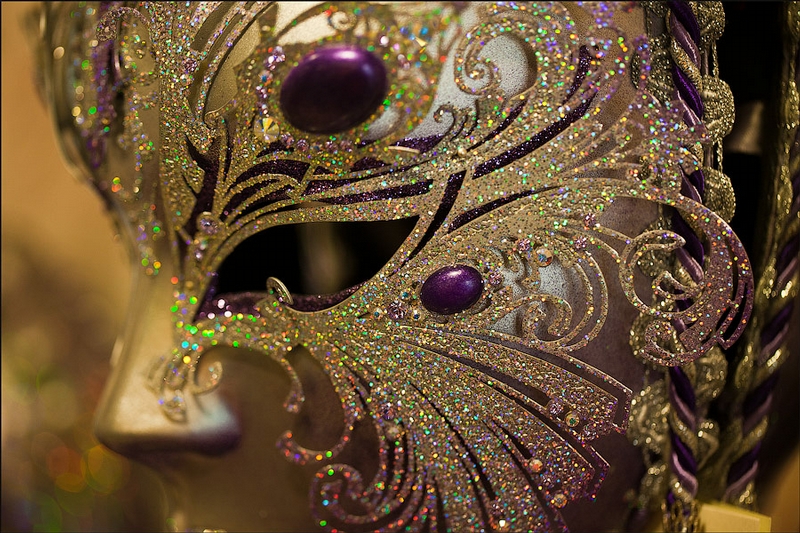
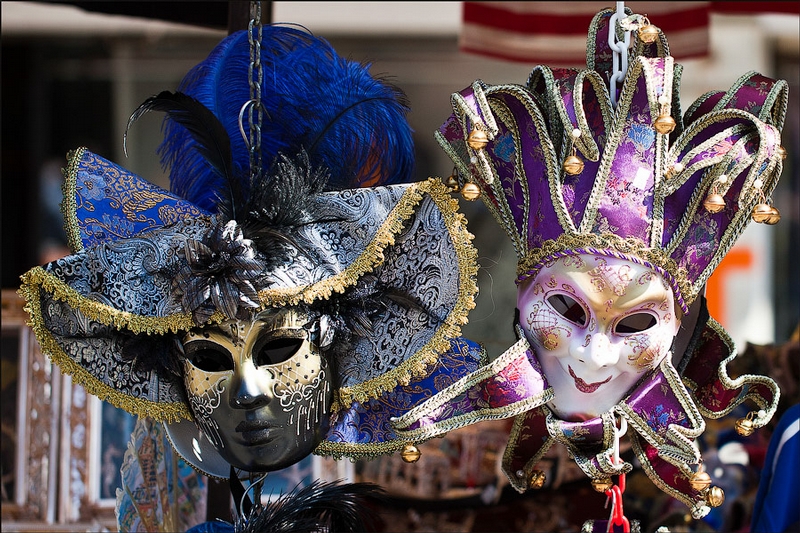
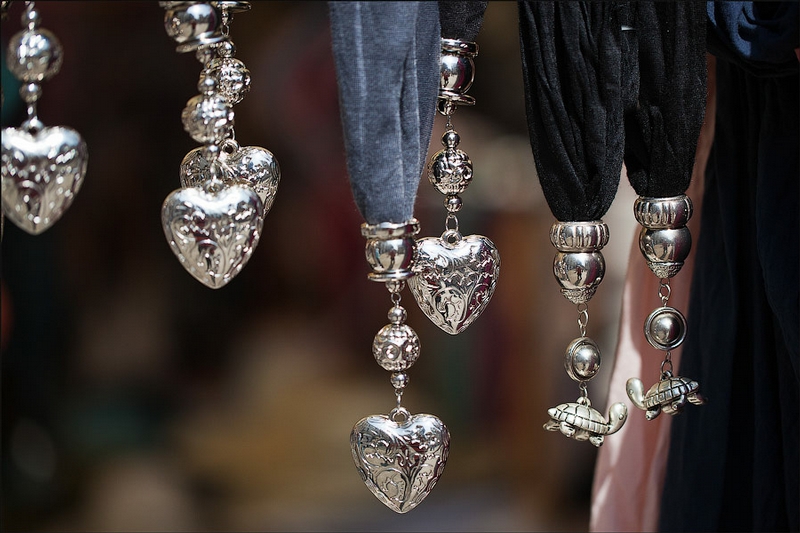
Gondolas have another story. Long ago there weren't diesel or gasoline
engines, no electric ones as well. Horses with carts swam badly. So
people moved with help of boats with human muscular traction. The boats
were so different in sizes and colors. The canals were narrow, the turns
curved and sharp and people were trying to carry as much as possible in
one trip. So it was getting more and more complicated to use a boat and
in the 15th century there appeared a rule regulating dimensions of
gondolas - 11 m long and 1.40 m wide.
According to one version black color started to be used during the
plague: it didn't seem to be appropriate to carry corpses in bright
colorful gondolas. Another version says that one young wife of an
elderly doge was visited by one admirer who came by a black gondola. The
doge was really old and couldn't stop it. But what he could do - to get
rid of rumours, ordering to paint all boats black.
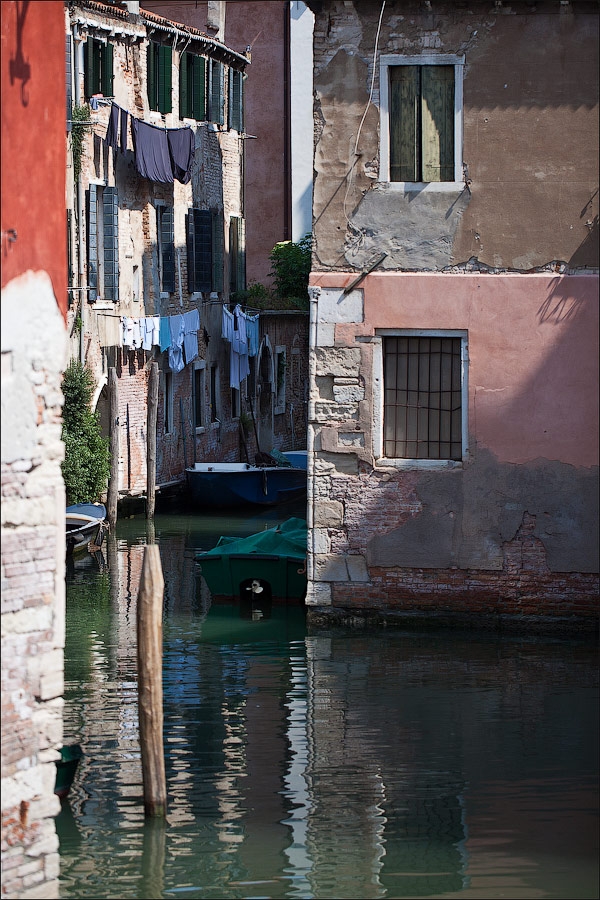
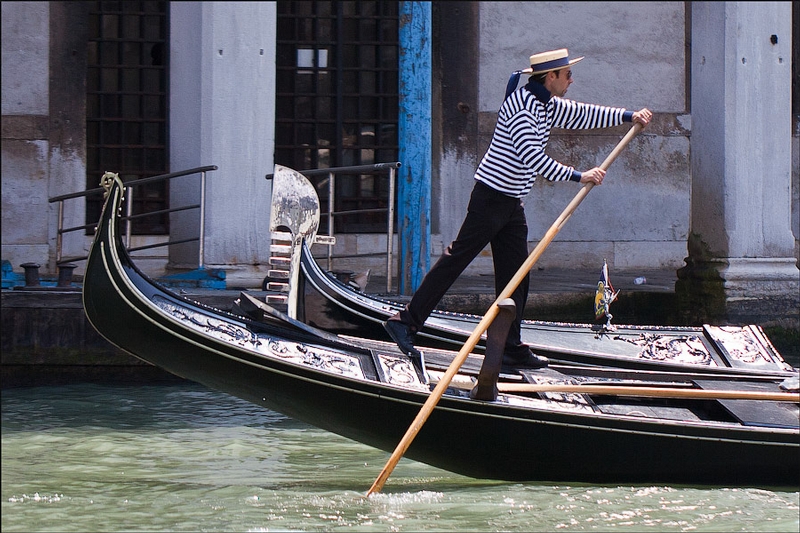
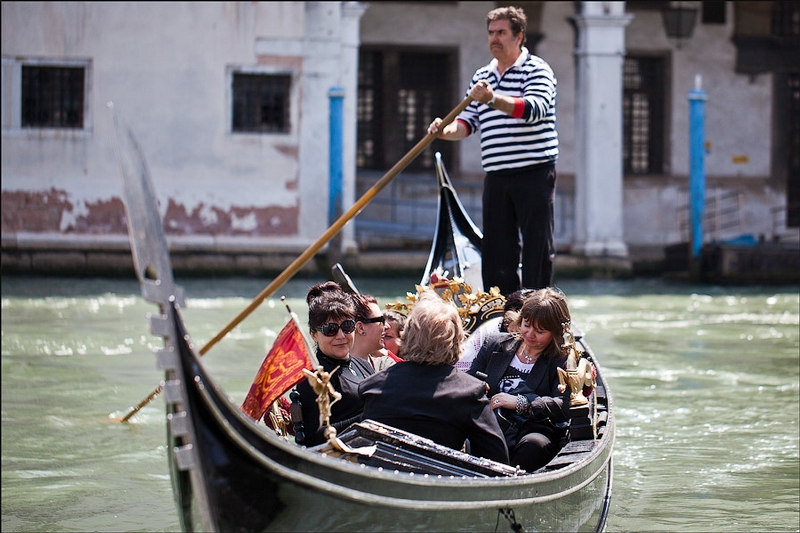
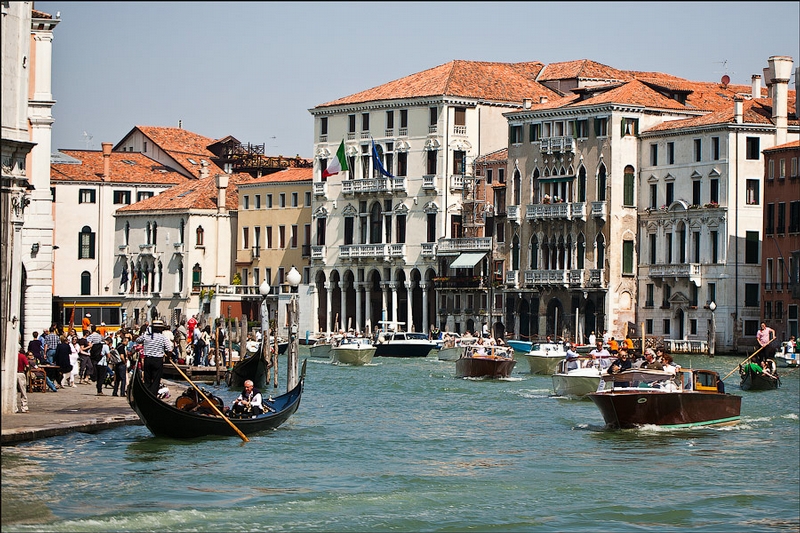
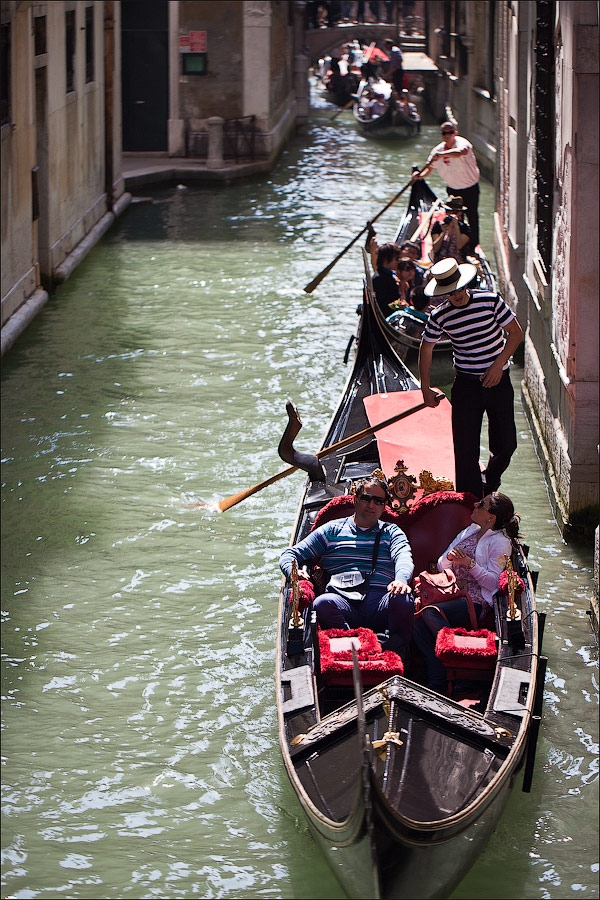
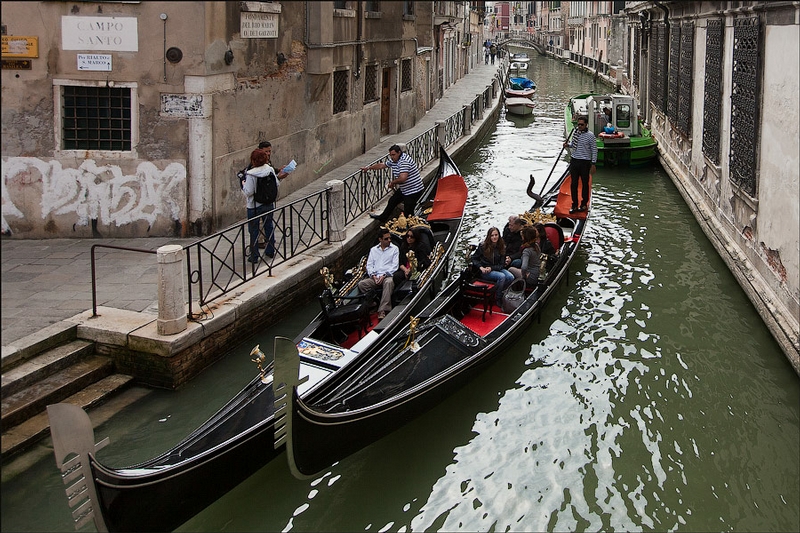
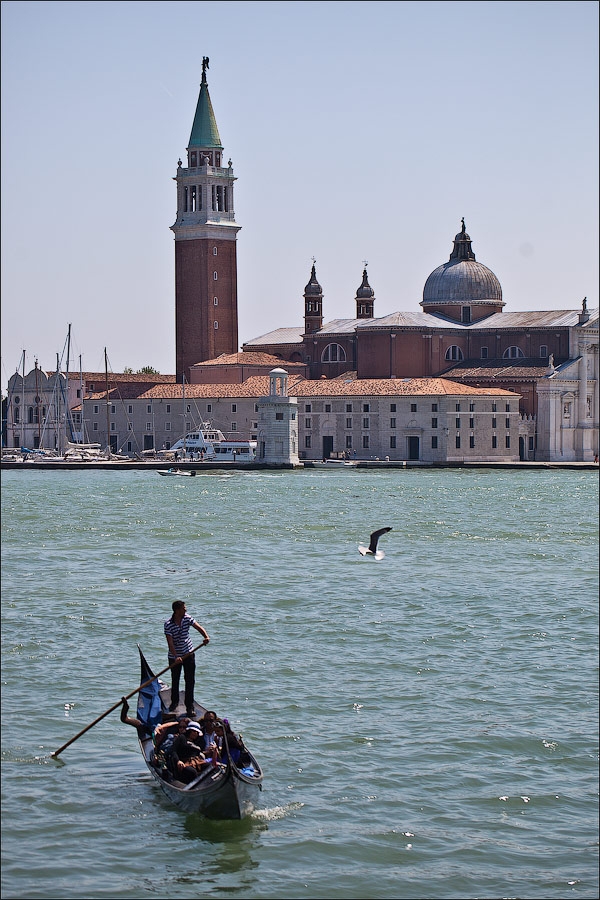

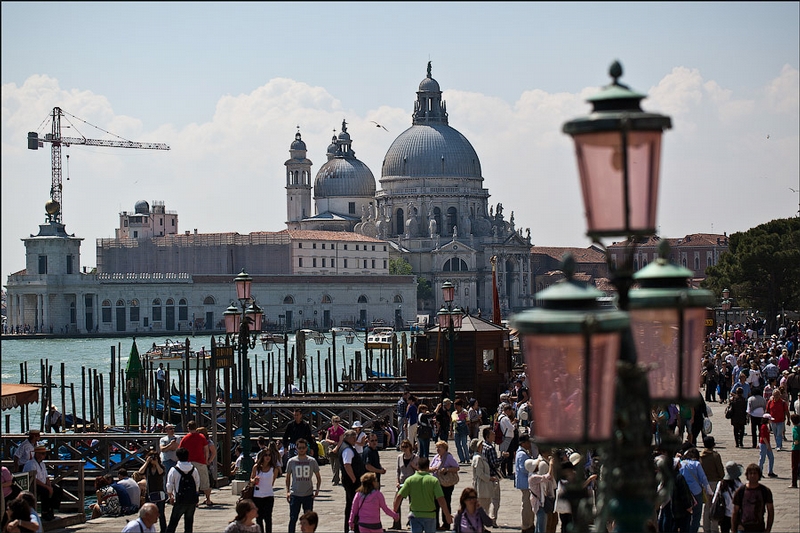
via kukuksumushu





No comments:
Post a Comment